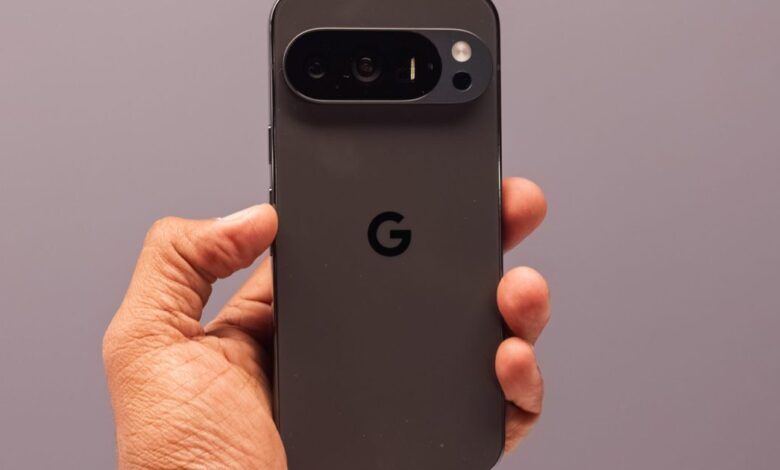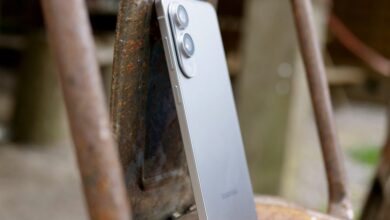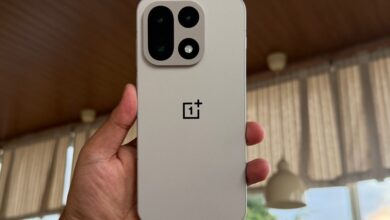Google Pixel 10 Introduces Magnetic Charging with a Major Trade-Off

Google's Pixel 10 Series: A Shift in Wireless Charging
The launch of the Pixel 10 series smartphones marked a significant change for Google, as they adopted the faster Qi2 wireless charging technology.This upgrade also introduced a new line of accessories called Pixelsnap, which utilize magnets for charging and protection. Tho, this magnetic feature has inadvertently hindered a popular power-sharing function that has been part of Pixel phones for over five years.
Battery Share: A Beloved Feature Gone Missing
When the Pixel 5 was released, it brought with it an innovative Battery Share feature. This allowed users to charge other Qi-certified devices—like earbuds or another smartphone—simply by placing them on the back of the Pixel phone. It was an easy way to lend some battery life when needed.
Regrettably, with the introduction of the Pixel 10 series, this handy Battery Share option is no longer available.The reason lies in the magnets that facilitate Qi2 wireless charging. According to Google's support documentation, all mainline Pixel models since the Pixel 5 have supported battery sharing—except for those in the latest series and certain budget-friendly models like those from the Pixel-A line.
this reverse wireless charging capability has proven useful time and again; I’ve found myself relying on it when my earbuds or smartwatch were running low on power. In contrast, Samsung continues to include this feature across it's devices, including their latest Galaxy Z Fold 7 foldable phone.
The Mystery Behind Power Sharing's Absence
The absence of power sharing in these new devices seems linked to how magnets are arranged beneath their rear covers. These magnets create a strong connection between a phone and its Qi2 charger but may disrupt power transfer between two devices during reverse charging attempts.
A statement from Google explained that “the array of magnets creates a strong connection with chargers but presents physical limitations for reverse wireless charging.” They acknowledged that while Battery Share isn’t currently functional on their newest model,they are actively looking into future innovations aimed at enhancing user experience with Pixels.
The Future: Will Reverse Wireless Charging Make a Comeback?
As more Android manufacturers adopt Qi2 technology and incorporate similar magnetic setups near their wireless coils, one wonders if reverse wireless power sharing will become obsolete altogether.The evolution of this ecosystem could lead us down unexpected paths regarding device compatibility and features.
For now though,users who enjoyed using Battery Share will need to adjust as they explore option ways to keep their gadgets powered up without relying on this once-convenient option from Google’s latest offerings.
And don't forget! NoveByte might earn a little pocket change when you click on our links, helping us keep this delightful journalism rollercoaster free for all! These links don’t sway our editorial judgment so you can trust us. If you’re feeling generous support us here!





